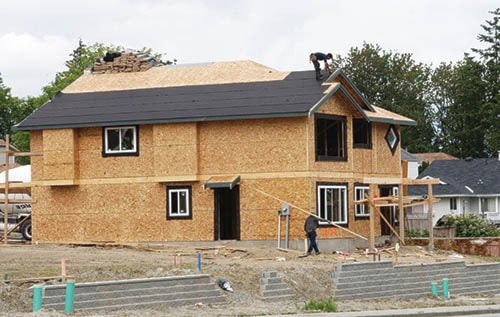Council has some options about how, or if it, wants to change the pace of development in the countryside in the eastern part of Maple Ridge.
But it may just leave things as they are, because a recent staff report shows the pace of development isn’t threatening the rustic eastern neighbourhoods.
A staff report from Aug. 29, said that the city, in the future, could decrease the population density of land that’s designated “estate suburban,” by requiring larger lot sizes.
Or, the city could do the opposite and allow smaller lots, such as half-acre or quarter-acre parcels and create increased population density. Doing the latter could create another 1,854 homes in the estate suburban area.
Conversely, it could just keep things as they are – where lots from one- to two-acres are allowed. If that is maintained, only another 136 new homes could be built in the estate suburban areas. Most of the lots in that area, 71 per cent, are too small to be subdivided.
Similar options exist in the other areas of eastern Maple Ridge that are designated “suburban residential.”
Unlike estate suburban, the suburban residential designation is outside Metro Vancouver’s sanitary sewage area and requires lots to have septic fields, which can limit development.
The report only offers two options for suburban residential – continue to allow one- or two-acre lots – or require larger lots and thus reduced population density. Because of the steep slopes and creeks, most of the lots in suburban residential have already been subdivided.
The report also notes that only 330 homes, or lots, have been built in both rural areas (that are outside Maple Ridge’s urban boundary,) since 2009.
That’s less than 10 per cent of the entire new home stock built in Maple Ridge since then.
Coun. Gordy Robson said the report shows there is limited developmental potential in the eastern part of the city.
He and others on council had been concerned that the eastern area was becoming too suburbanized. The costs of servicing new suburbs usually have to be subsidized by the rest of the city’s tax base.
“There’s not that much that’s really going to develop. Certainly the urgency, in my view, is gone.”
Council could decide to make no change and continue to evaluate development applications as they come into the office.
The city could further reduce the amount of land available for rural suburbs by changing from residential to industrial, the 217 acres that straddle the Lougheed Highway and front on to the Fraser River, largely west of the Kwantlen First Nations reserve, at about 250th Street.
Another 256 acres along north 256th Street, near the Kanaka Business Park, could be changed from rural residential to industrial in order to increase space for industrial purposes.
